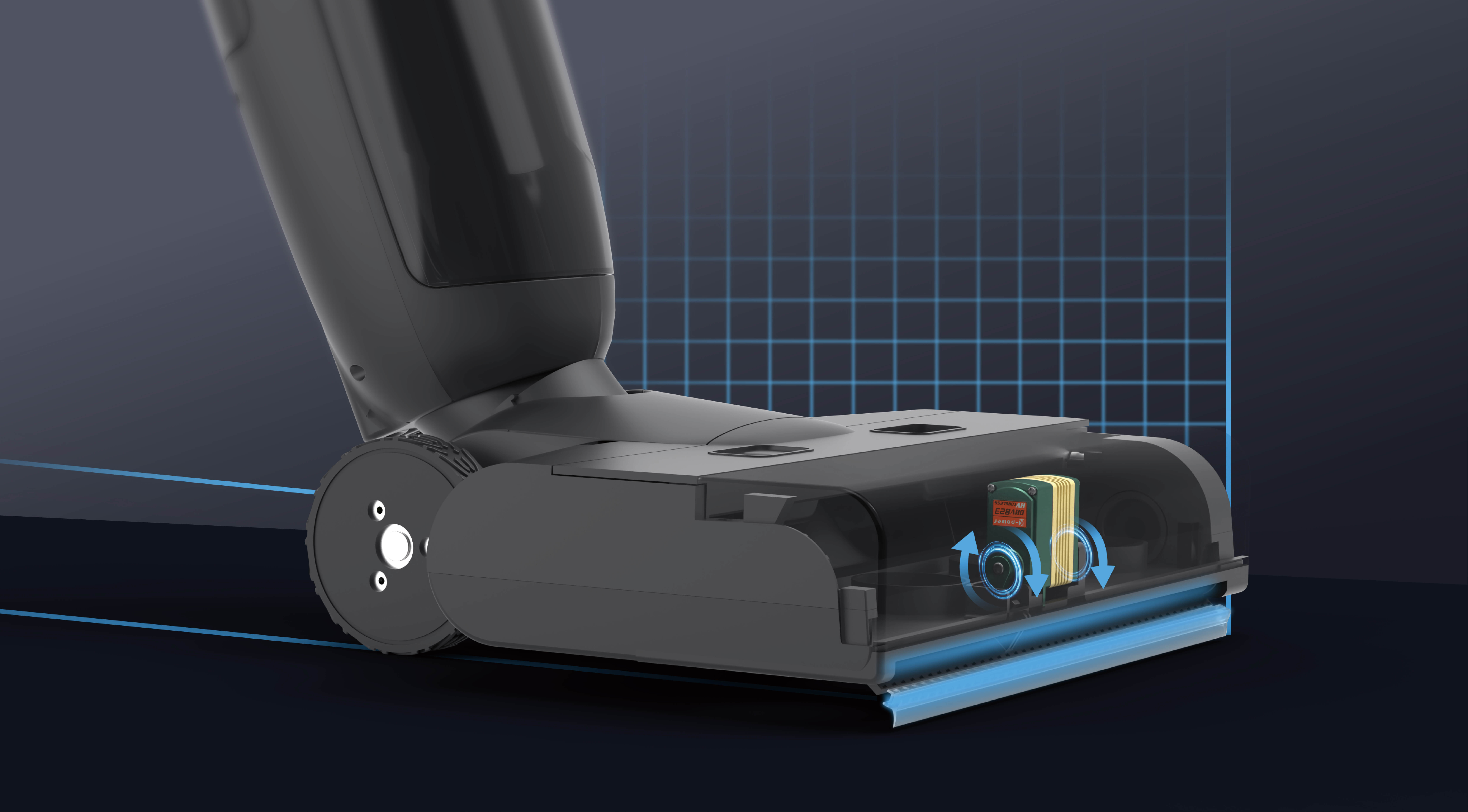Controlling a servo motor isn’t just about flicking a switch or setting a few numbers—it’s about understanding the dance between electronics, signals, and precision movement. Imagine you’re guiding a tiny robotic arm in a 3D printer or a drone’s camera tilt. The secret sauce? It’s all in how you manage its power, signals, and feedback.

First off, servo motors run on pulse width modulation, or PWM. Think of it like turning a faucet on and off really fast. The longer the “on” time within each cycle, the more power your servo gets, and the farther it moves. For example, setting a pulse width of around 1 millisecond might position your servo at one extreme, while 2 milliseconds puts it at the other. Simple? Maybe. But controlling the timing precisely is what makes or breaks your project.
Next comes the control signal source. Usually, a microcontroller or a dedicated controller produces the signals. When wiring a servo, make sure the power supply matches the motor’s requirements—overvolting can fry it, and underpowering might leave it sluggish or unresponsive. Power stability is key, especially for heavier, load-bearing servos.
One tricky aspect? Feedback. Unlike stepper motors, servos are about relative position. If you need precise control, implementing a feedback loop with sensors can optimize accuracy. Still, most hobby servo controls rely on trusting the PWM commands and assuming the servo’s internal potentiometer does the rest. But beware—overloading a servo or giving it jerky commands can wear out the internal gear train or cause slippage.
It’s worth asking: why does some setup get jittery? Often, it’s due to noisy signals or insufficient power. Always keep your wiring tidy and use decoupling capacitors to smooth fluctuations. When you’re programming, fine-tuning the pulse widths signals can make the difference between a smooth move and a twitchy one.
One thing I love about controlling servos? It’s like giving them a bit of personality. They respond to your commands with a mix of precision and sometimes a bit of stubbornness. You get to see tiny mechanical reactions that are almost like a handshake—they remember their position, hold it steady, and get there quick.
Pro tip: test your setup with small movements first. Watch how the servo reacts, listen for any grinding sounds, and feel for resistance. Once you’ve got the hang of the basics, it’s like unlocking a new level of control—adding sensors, data analysis, or even AI to predict and improve motion.
If you’re diving into controlling a servo motor, understanding PWM, managing power, and ensuring robust signals will put you miles ahead. It’s not just about switching a motor on or off; it’s about creating a symphony of signals, energy, and mechanical finesse. Whether your goal is robotics, automation, or just a cool DIY project, mastering control means your servo becomes an extension of your imagination.
Every step you take—testing, adjusting, observing—gets you closer to that perfect, fluid movement you’re after. And when everything clicks, it’s almost like the servo motor is listening to your command and dancing along.
Established in 2005, Kpower has been dedicated to a professional compact motion unit manufacturer, headquartered in Dongguan, Guangdong Province, China. Leveraging innovations in modular drive technology, Kpower integrates high-performance motors, precision reducers, and multi-protocol control systems to provide efficient and customized smart drive system solutions. Kpower has delivered professional drive system solutions to over 500 enterprise clients globally with products covering various fields such as Smart Home Systems, Automatic Electronics, Robotics, Precision Agriculture, Drones, and Industrial Automation.




































